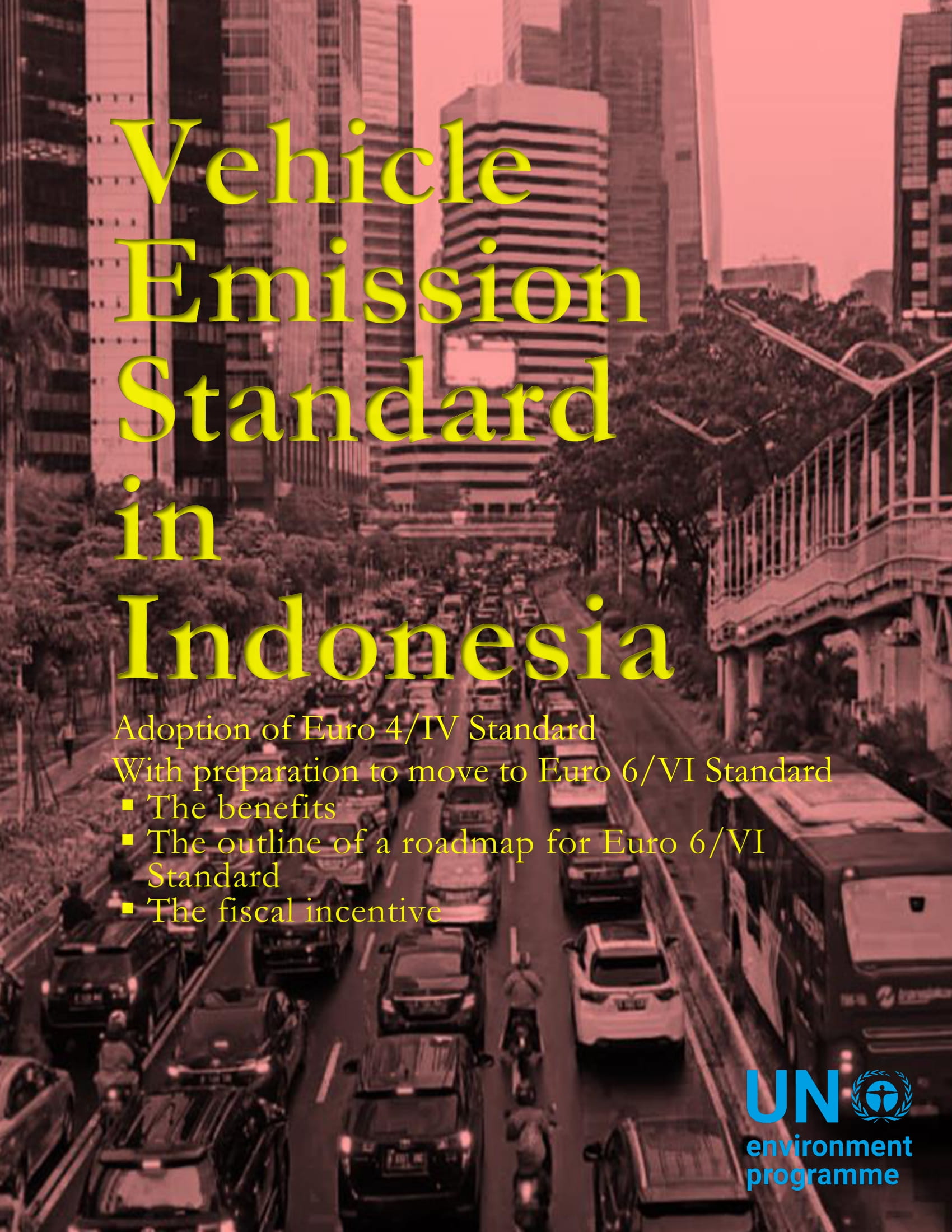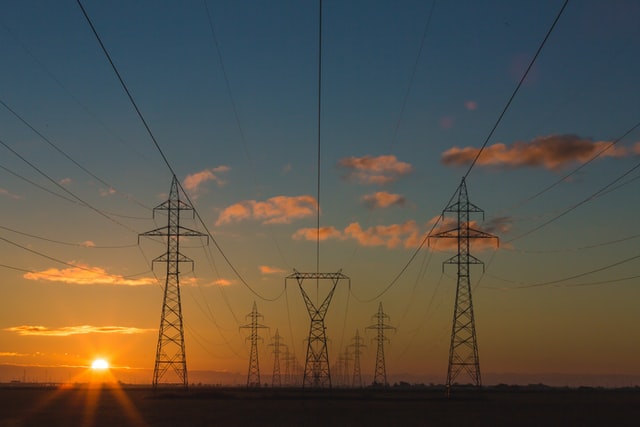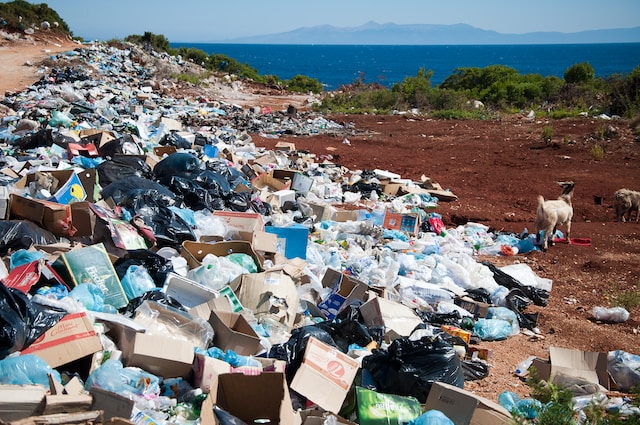
Vehicle Emission Standard in Indonesia
November 2021 – Industrialization, motorization and urban development tend to increase the intensity of air pollution and GHG emissions in Indonesia. Refering to the report of Ambient Air Quality Monitoring Stations (AAQMS) in Jakarta for instance, it shows us that almost all of major air pollution parameters measured exceeded the standard. Either it refers to WHO guideline/standard as well as national standard, with critical parameter consisting of PM, O3 and NOx.
Total vehicle fleet in Indonesia tends to increase dramatically, especially during the period of 2001/2002 after the market of motor vehicle emerged as a result of post-monetary crisis 1997/1998 economic recovery. As of end of 2020, total population of vehicle fleet is more than 146 million units. In recent year, the total annual selling of car is 1.1 million units, meanwhile motor cycle is 7 million units; of course, total population of motor cycle is dominating the vehicle fleet.
Worsening air pollution exposed the urban areas especially those area which have high density of traffic, and causes respiratory related illness/dieses, such as asthma, acute respiratory infection (ARI), pneumonia, bronchipneumonia, chronicle obstructive pulmonary dieses (COPD), coronary artery dieses, cancer, hypertension, kidney failure, decreasing intellectual of children, disruption of children brain development, etc. Air pollution also causes a tendency for green-house gas emissions to increase and subsequently affecting global warming and its negative effect from climate change with its problem such as increasing intensity of disaster which is trigger by El Nino and La Nina phenomena, land slide, flooding, storm, wider spread of certain dieses as malaria, changing of seasons and its effect on agriculture, higher temperature with heat island, etc.
Imbalance of vehicle fleet composition (car, bus, truck and motor cycle), and lack on appropriate public transportation and freight/logistic have caused high level of inefficiency of fuel consumption with 68.7 million KL/year being lost, (2019), as well as worsening local air pollution with total estimation emission load of 39,754.51 ton/day (2019), and green-house gas (GHGs) of 255.38 M-tonsCO2e/year (2019). Of course, air pollution has made pressure for public health effects especially in dwellers of urban area. In Jakarta for instance, people must pay IDR 51.2 T per year (2016) for medical treatment related to respiratory disease/illness caused by air pollution, such as acute respiratory infection, pneumonia, bronchopneumonia, COPD, asthma, coronary artery diseases, cancer, stroke, kidney failure, etc.
Jangan lupa untuk beri atribusi ke website KPBB saat mengutip publikasi hasil unduhan.




Leave a Reply
You must be logged in to post a comment.